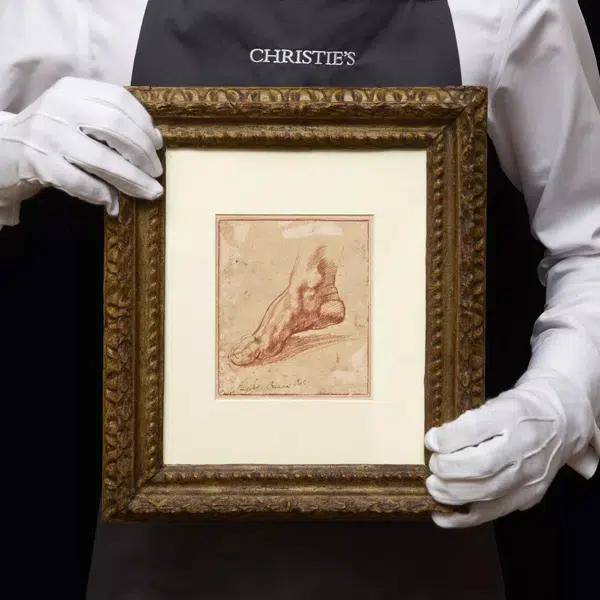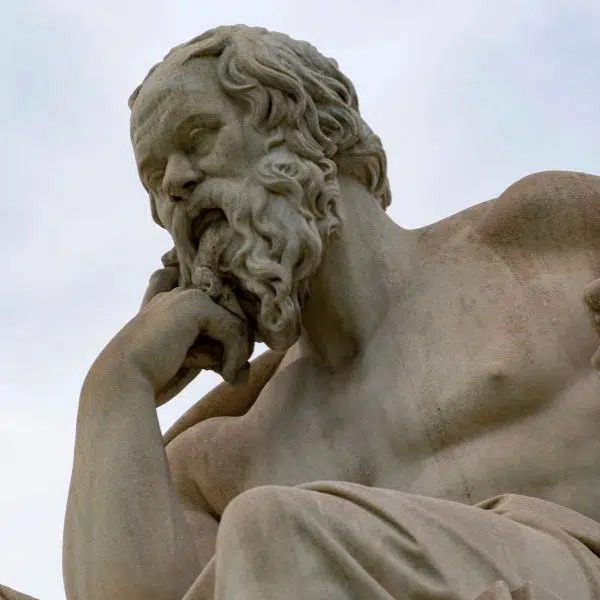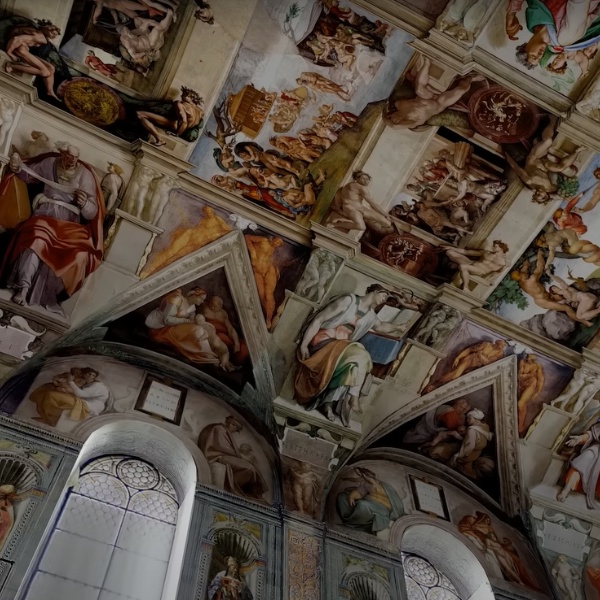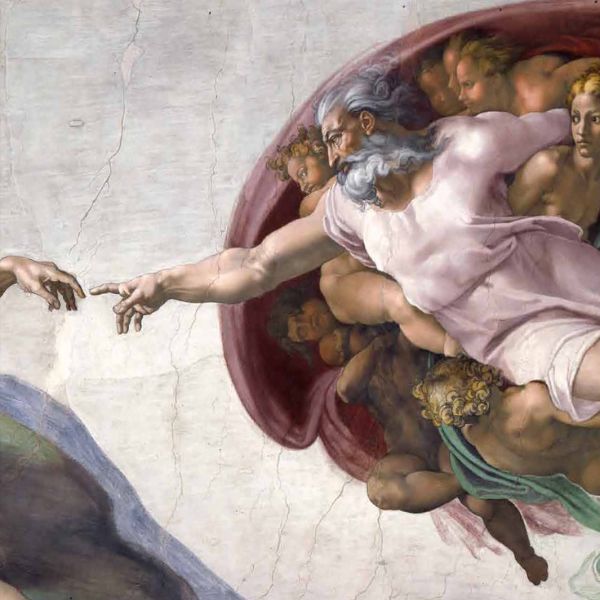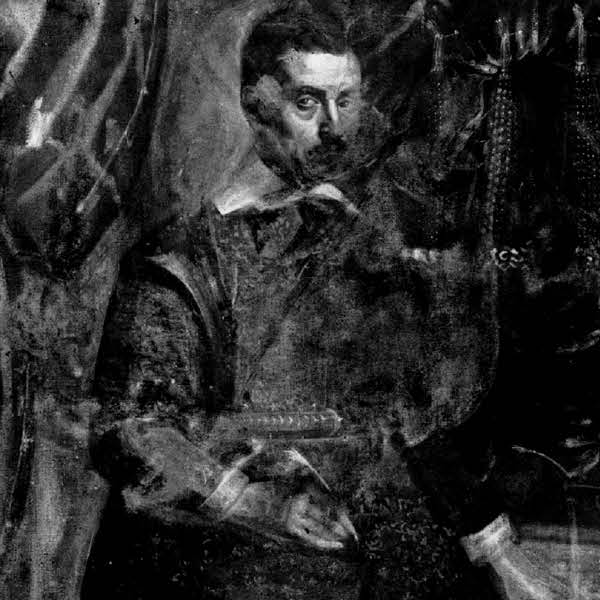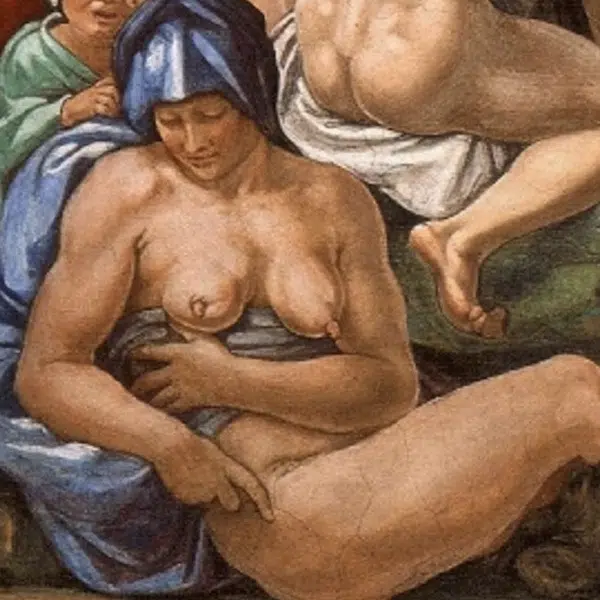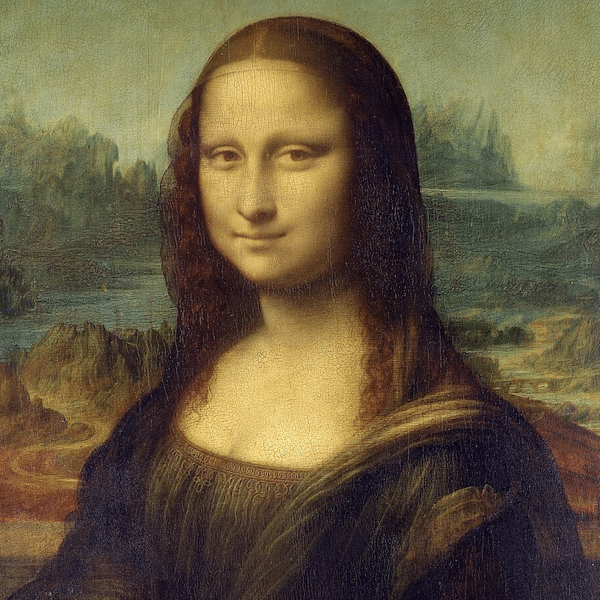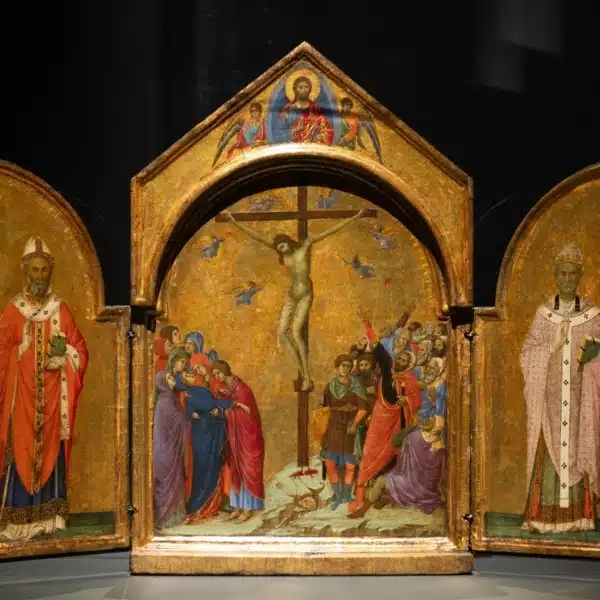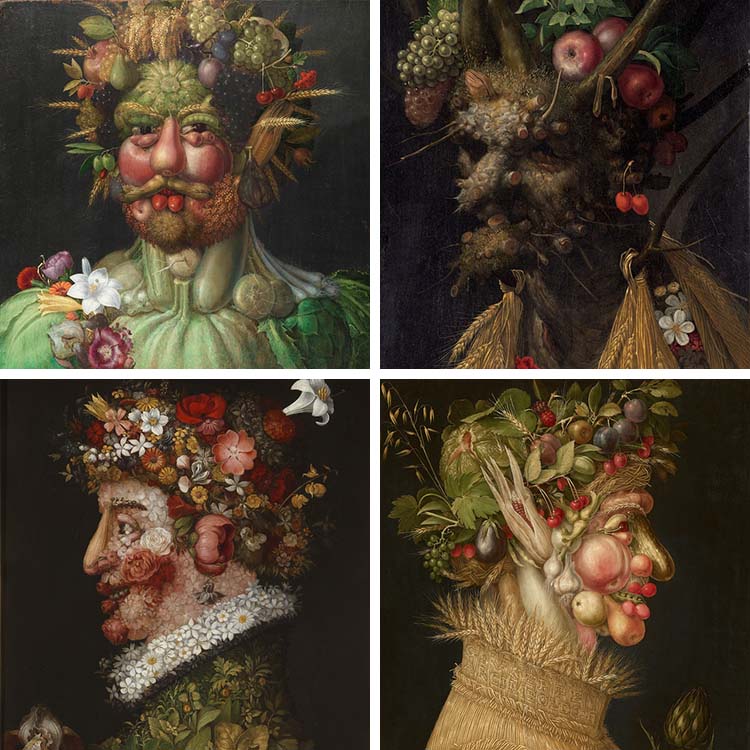
During the Italian Renaissance, painters and sculptors discovered a renewed interest in classical ideals and naturalism. Famous artists like Leonardo da Vinci and Michelangelo created exquisite works of art that celebrated the human form. However, not all art from this period pursued these ideals. There was another side of the Renaissance that was fascinated with depictions of the bizarre. This niche is best exemplified in the whimsical portrait paintings by Giuseppe Arcimboldo.
A long-time court painter to the Holy Roman Empire, he created numerous portraits of nobles and other notable figures using an assemblage of fruits, vegetables, and objects. This quirky approach was not only intended to be amusing but also to allude to deeper qualities of the sitter or to the person these works were presented to—which, in most cases, was the Hapsburgs emperor. Today, these paintings are celebrated for their clever usage of different components to create silhouettes that look someone believable from afar and much more abstract from up close.
Scroll down to learn more about the artist and the meaning behind some of his famous assemblage paintings.
Who is Giuseppe Arcimboldo?

Giuseppe Arcimboldo, “Self-Portrait,” c. 1570s (Photo: Wikimedia Commons, Public domain)
Giuseppe Arcimboldo (1527 – 1593) was a 16th century Italian Renaissance artist best known for his assemblage portrait paintings. Originally from Milan, he spent most of his early years working on designs for tapestries, stained glass windows, and frescoes for local churches. Later, when the artist was 36, he became a court portraitist to the Holy Roman Emperor Maximilian II and moved to Vienna, Austria. There, Arcimboldo was surrounded by scholars of different disciplines, including scientists, physicians, and astronomers; he felt free to experiment in his art. While he also made conventional portraits of the emperor and his family, they have been mostly overshadowed by his whimsical cornucopias.
The assemblage portrait paintings used fruit, flowers, and sometimes objects (like books), to create a humorous representation of the subject. While many of these pieces subtly made fun of the person they are based on—most of whom were wealthy nobles and royalty—they also served another purpose. During the Renaissance, there was a niche for paintings that captured an element of the bizarre, which was considered entertaining to look at.
Famous Assemblage paintings
Vertumnus
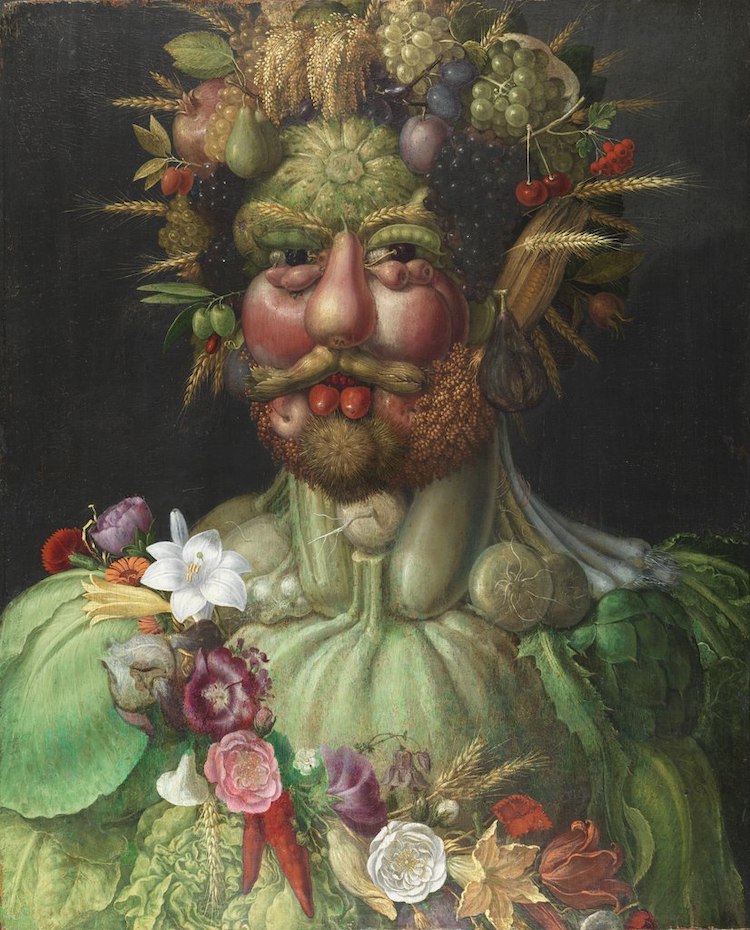
Giuseppe Arcimboldo, “Vertumnus,” 1591 (Photo: Erik Lernestål via Wikimedia Commons, Public domain)
Created in 1591, Vertumnus is Arcimboldo's best-known painting. It was commissioned by Holy Roman Emperor Rudolf II and depicts the royal himself as a compilation of fruits, vegetables, and flowers. The choice of items alludes to the Roman god of seasons, change, plant life, called Vertumnus.
While the painting appears humorous, it also possesses a deeper meaning. The choice of fruits and vegetables was intended to reflect Rudolf II's transformative political powers and his balance of nature, art, and science.
The Four Seasons
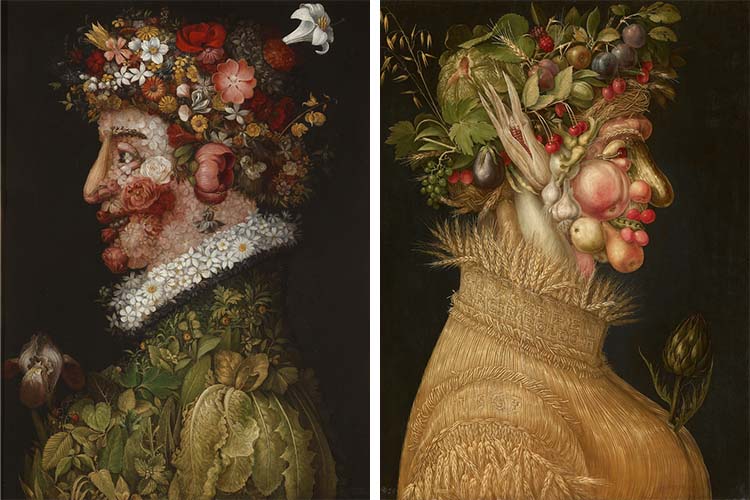
Right: Giuseppe Arcimboldo, “Spring,” 1563 (Photo: Wikimedia Commons, Public domain)
Left: Giuseppe Arcimboldo, “Summer” 1563 (Photo: Wikimedia Commons, Public domain)
The Four Seasons is a series of four portrait paintings inspired by spring, summer, fall, and autumn. They were made between 1563 and 1572 for the emperor Maximilian II and presented alongside Arcimboldo's other series, The Four Elements. Each piece reflects a season with a unique arrangement.
Spring, for instance, depicts a profile of a woman who is completely made of different varieties of flowers. Summer features fruits, vegetables, and straw to create a portrait of another woman. Autumn, on the other hand, is a man constructed with some seasonal fruits like apples and pairs, as well as nuts, leaves, and wood. Lastly, Winter is another male portrait—this one utilizes a tree trunk, leaves, and a lemon and orange, which are winter fruits.
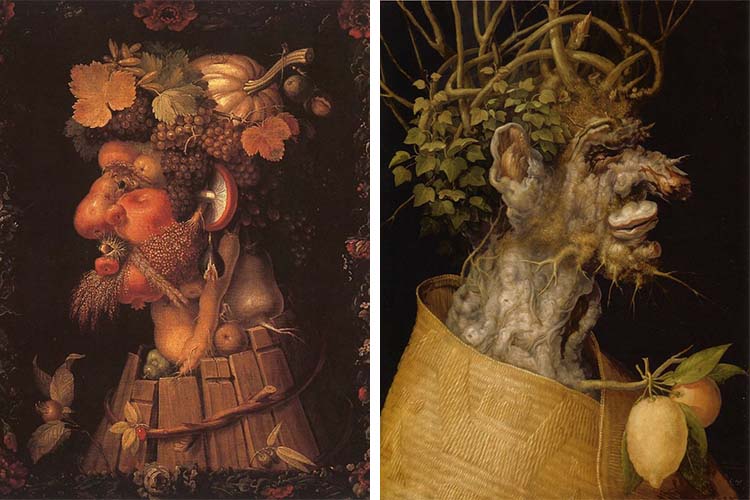
Right: Giuseppe Arcimboldo, “Autumn,” 1573 (Photo: Wikimedia Commons, Public domain)
Left: Giuseppe Arcimboldo, “Winter” 1563 (Photo: Wikimedia Commons, Public domain)
The Librarian
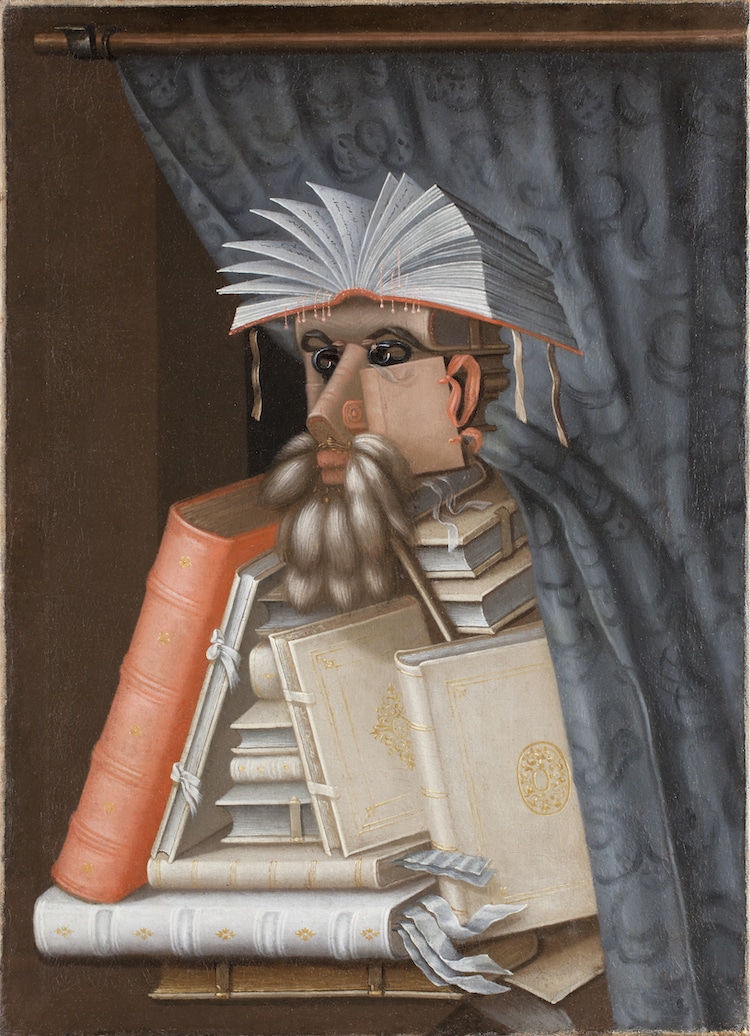
Giuseppe Arcimboldo, “The Librarian,” 1566 (Photo: Samuel Uhrdin via Wikimedia Commons, Public domain)
It is believed that Arcimboldo created The Librarian around 1566, and he based the figure on a humanist and historian named Wolfgang Lazius. Instead of fruits or vegetables, Arcimboldo references the figure's occupation by creating a well-placed stack of books.
Most interpretations of this painting consider it to be a satirizing of scholars who focus on the material nature of books and not the content. There is also a possibility that the painting is not mocking, but instead celebratory of those in the profession.
The Four Elements
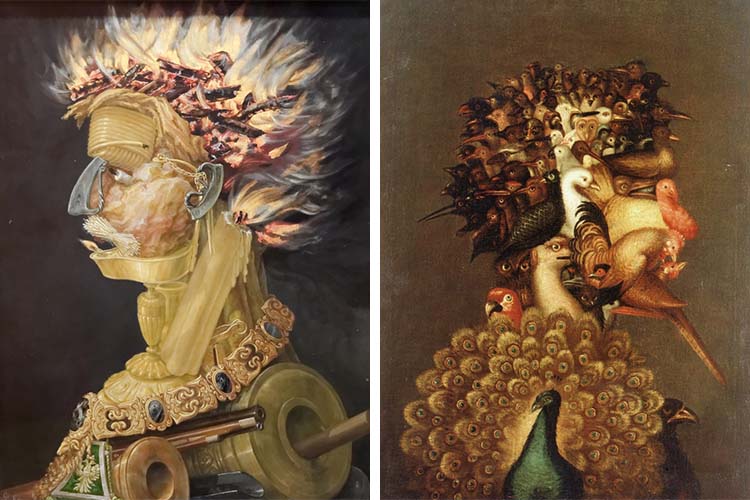
Right: Giuseppe Arcimboldo, “Fire,” 1566 (Photo: Wikimedia Commons, Public domain)
Left: Giuseppe Arcimboldo, “Air” c. 1566 (Photo: Wikimedia Commons, Public domain)
Created in 1566, The Four Elements is Arcimboldo's other famous portrait series made for Maximilian II. In this set, he depicted each of the four elements using animals and objects. During these paintings' creation, the artist was living at the Holy Roman Empire court in Prague and had access to the many varieties of wildlife kept in the city for research.
Air, for example, uses numerous birds, including a peacock, a pheasant, a duck, and an eagle, to create the portrait of a young male figure. Likewise, Water, is an assemblage of dozens of aquatic creatures, such as fish, a turtle, an octopus, and a crab. Altogether they create a silhouette of a female figure. Earth is one of the more ambitious paintings of the series and has several land-based animals, which are layered into the shape of a face. Fire, on the other hand, is the only work from this series that features objects and not animals. Inside the subject bust is burning wood, flint, steel, guns, and cannons. The armory theme relates to the war between the Hapsburgs and the Ottoman Empire.

Right: Giuseppe Arcimboldo, “Water,” 1566 (Photo: Wikimedia Commons, Public domain)
Left: Giuseppe Arcimboldo, “Earth” c. 1566 (Photo: Wikimedia Commons, Public domain)
Related Articles:
How the Lesser-Known ‘Venetian School’ Flourished During the Italian Renaissance
Sandro Botticelli: The Renaissance Artist Who Became the Master of Mythology Scenes
20 Famous Italian Renaissance Paintings That Left Their Mark on History
Exploring ‘Lady With an Ermine,’ an Oft-Forgotten Renaissance Portrait by Leonardo da Vinci











































































